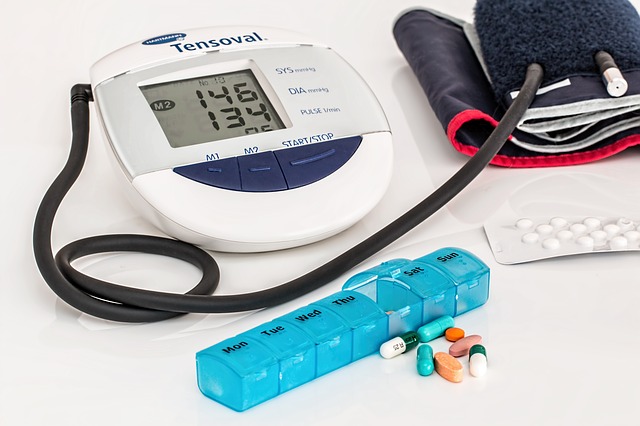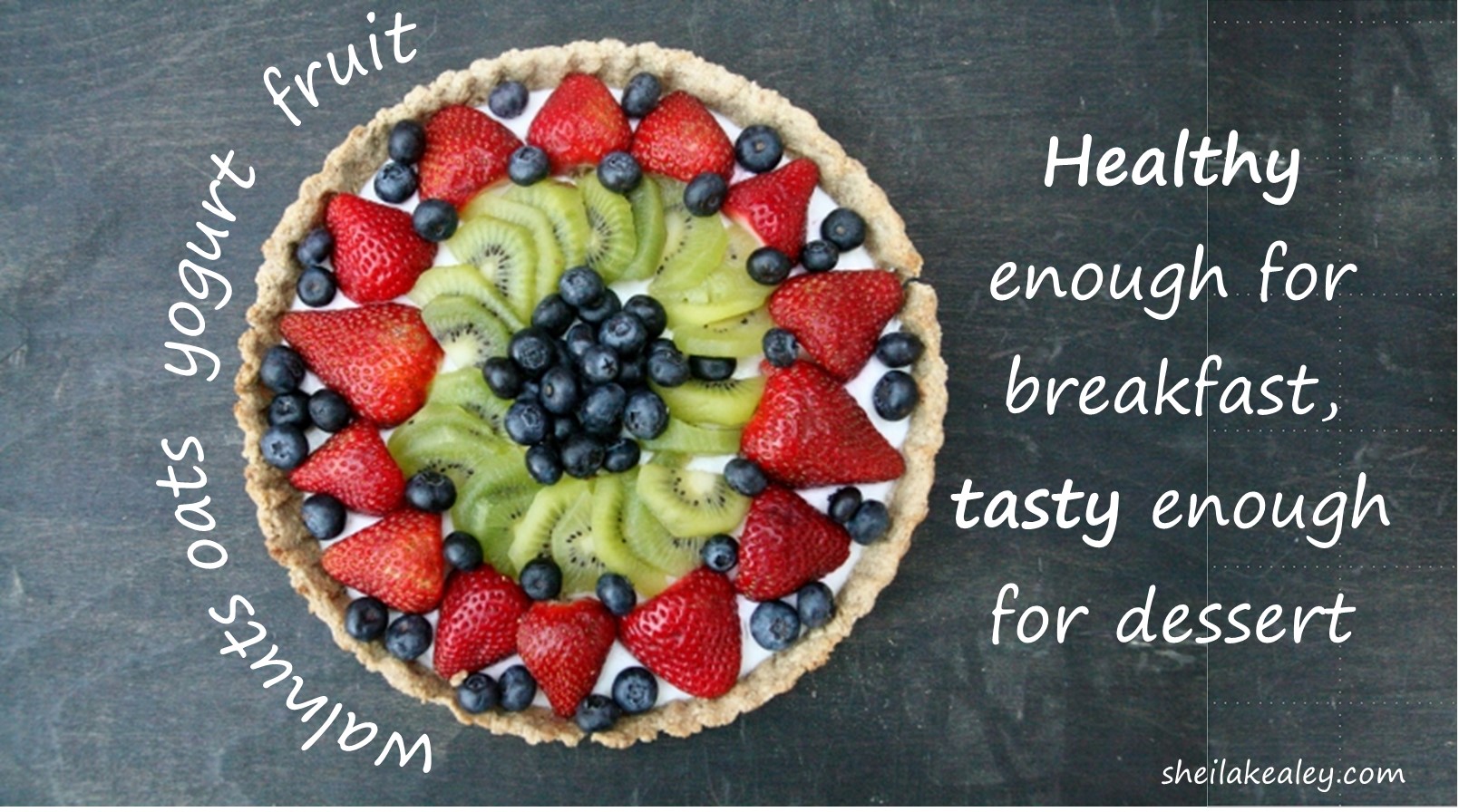This week, read about the credibility of food bloggers, how mindfulness training can make you a better athlete, blood pressure guidelines, more benefits to a Mediterranean-style diet, the importance of rehab for sprained ankles, larger packaging leads to consuming more food, caffeine at night resets your inner clock, and more.
The Credibility of Food Bloggers
Today’s food bloggers do lot more than provide recipes and pictures. Nutrition advice abounds: even when not explicit, the ingredients that make up the dishes are often the result of nutrition myths and misconceptions. Two articles this week looked at the culture of food bloggers and their credibility.
In this article When the cult of wellness promotes misinformation that leads to eating disorders and garbled medical advice Sali Huges looks into the misinformation peddled by popular wellness gurus. (Sali Hughes, The Pool). She has some clever lines, including this:
“If wheat is Kryptonite to the clean-eating brigade, then coconut oil (delicious, versatile, also full of cholesterol score-raising saturated fat, according to my registered dietician friend Leo Pemberton) is the messiah. Eat it, drink it, dollop it into porridge, use it to heal your wounds, make your Corian worktops gleam, and “cure” your skin of sun damage. “
Earlier this summer, the Guardian published a similar story (pseudoscience and strawberries) about how some health bloggers should carry a health warning.
And just how do people rate the credibility of food bloggers? This is disheartening, but provides insight into why people follow the advice of some wellness gurus: a study published this week by Cornell University researchers found that readers are more skeptical of a blogger’s advice when the blogger is overweight. Weight bias and stereotypes are pervasive in society, and seem to affect health-related judgements as well. (Health Communication, September 2015).
In the name of health, should you drink only almond milk? Use coconut oil for fat and only “natural” sweeteners or agave for sweetener in your cooking? Ditch gluten and grains? Check out my Myths and Misconceptions about Healthy Eating, and here are 10 Ways to Spot Health Quackery.
 Can mindfulness training make you a better athlete? There is a growing amount of research into mindfulness and health. A number of studies suggest that mindfulness training can help how people respond to stressful situations, leading researchers from UC San Diego to wonder if mindfulness training could help elite athletes perform better. In a small pilot study, they investigated if a 7-week mindfulness-based training course could help BMX riders. The study didn’t investigate performance, but researchers did find that the riders improved on several measures of self-awareness and stress response. (Outside, reporting on Frontiers in Behavioral Neuroscience).
Can mindfulness training make you a better athlete? There is a growing amount of research into mindfulness and health. A number of studies suggest that mindfulness training can help how people respond to stressful situations, leading researchers from UC San Diego to wonder if mindfulness training could help elite athletes perform better. In a small pilot study, they investigated if a 7-week mindfulness-based training course could help BMX riders. The study didn’t investigate performance, but researchers did find that the riders improved on several measures of self-awareness and stress response. (Outside, reporting on Frontiers in Behavioral Neuroscience).
More benefits to eating Mediterranean style. This week two studies added to the evidence for eating a Mediterranean-style diet for better health. One investigation found that women who consumed a Mediterranean-style diet had a lower risk of breast cancer. The study studied women for almost 5 years, and controlled for a variety of factors that could influence breast cancer (JAMA Internal Medicine).
Another study looked at mental health, investigating the effect  of healthy dietary patterns on the development of depression. Researchers studied Spanish adults for 10 years, and found that adhering to a healthy eating pattern rich in vegetables, nuts and legumes was associated with a reduced risk of depression. (BMC Medicine, September 2015).
of healthy dietary patterns on the development of depression. Researchers studied Spanish adults for 10 years, and found that adhering to a healthy eating pattern rich in vegetables, nuts and legumes was associated with a reduced risk of depression. (BMC Medicine, September 2015).
What’s a Mediterranean-style diet? Although studies have slight variations when defining “Mediterranean,” generally, the diet is rich in vegetables, fruits, whole grains, olive oil, and low in red meat.
A sprained ankle may have lifelong consequences. This article looks at three new studies suggesting that ankle sprain rehabilitation should be taken seriously. The research found that young people who have ankle instabilities brought on by ankle sprains are less active, and studies in mice show that surgically sprained ankles that have healed cause ongoing physical issues (poorer balance, less movement). (Gretchen Reynolds, New York Times).
Yoga eases arthritis pain. A randomized trial in sedentary adults with arthritis showed that 8 weeks of yoga (three times weekly) improved pain, energy levels, mood, and physical function. (Journal of Rheumatology)
 Could cocoa hold the key to Alzheimer’s prevention? Cocoa is a rich source of polyphenols, micronutrients that protect against cell damage. This paper reviews the benefits of cocoa, focusing on research looking into cocoa polyphenols effect on brain again, in particular, Alzheimer’s disease. (Journal of Alzheimer’s Disease, September 2015).
Could cocoa hold the key to Alzheimer’s prevention? Cocoa is a rich source of polyphenols, micronutrients that protect against cell damage. This paper reviews the benefits of cocoa, focusing on research looking into cocoa polyphenols effect on brain again, in particular, Alzheimer’s disease. (Journal of Alzheimer’s Disease, September 2015).
 The SPRINT trial: current blood pressure guidelines questioned. Health researchers have debated over blood pressure targets for years. The Systolic Blood Pressure Intervention Trial (SPRINT) was designed to review the recommended targets (a systolic blood pressure of < 140 mm Hg for healthy adults; 130 mm Hg for adults with kidney disease or diabetes). Preliminary SPRINT results show that more stringent blood pressure targets (<120 mm Hg) could save more lives and reduce cardiovascular events. The results were so dramatic that this large clinical trial was stopped prematurely to share the early results.
The SPRINT trial: current blood pressure guidelines questioned. Health researchers have debated over blood pressure targets for years. The Systolic Blood Pressure Intervention Trial (SPRINT) was designed to review the recommended targets (a systolic blood pressure of < 140 mm Hg for healthy adults; 130 mm Hg for adults with kidney disease or diabetes). Preliminary SPRINT results show that more stringent blood pressure targets (<120 mm Hg) could save more lives and reduce cardiovascular events. The results were so dramatic that this large clinical trial was stopped prematurely to share the early results.
These results will likely lead to more physicians prescribing blood-pressure lowering medications. Although lifestyle changes are more difficult than taking a pill, they can be effective at reducing blood pressure (and have many other benefits). The main lifestyle habits that help lower blood pressure include
- maintaining a healthy weight
- eating a healthy diet like the DASH Eating Plan — generally low in sodium (salt) and processed foods and rich in vegetables and fruit (nitrate-rich vegetables may have added blood-pressure lowering benefits – also, see study described below)
- engaging in exercise (spreading light workouts throughout the day is achievable for many and helps blood pressure) and reducing sedentary behavior (sitting less)
- managing and coping with stress, and limiting alcohol intake.
 Consumption of nitrate-containing vegetables is inversely associated with hypertension. This research adds to the growing evidence that nitrate-rich vegetables are good for blood pressure. In the 3-year study, researchers found that those who ate more nitrate-containing vegetables had a lower risk of high blood pressure. This study included celery, lettuce, and spinach as “high nitrate” vegetables; other nitrate-rich vegetables include beets, cilantro, arrugula, and rhubarb (you’ll find a table of nitrate-rich vegetables in this article). (Journal of Nephrology)
Consumption of nitrate-containing vegetables is inversely associated with hypertension. This research adds to the growing evidence that nitrate-rich vegetables are good for blood pressure. In the 3-year study, researchers found that those who ate more nitrate-containing vegetables had a lower risk of high blood pressure. This study included celery, lettuce, and spinach as “high nitrate” vegetables; other nitrate-rich vegetables include beets, cilantro, arrugula, and rhubarb (you’ll find a table of nitrate-rich vegetables in this article). (Journal of Nephrology)
Other recent research showing the benefits of nitrates for vascular health include this study published in July, showing that a daily bowl of spinach soup improved blood pressure and vascular health; also, recently this study looked at the beneficial effects of dietary nitrates on health and reviews the evidence of dietary nitrates for the treatment of cardiovascular disease.
Larger-sized portions, packages and tableware lead to higher consumption of food and drink. A comprehensive systematic review of existing research shows that we consume more when food or drink is offered in larger portions, packages, or tableware. The findings highlight the important role that our environment plays in our eating behavior. Given that many Americans and Canadians are overweight (in the US, more than one third of adults and 17% of children and adolescents are obese; in Canada (2008) 25% of adults are obese and 37% are overweight), policies to reduce portion sizes could have far-reaching health impacts. (The Cochrane Collaboration)
Here are some ways you can alter your own food environment to promote healthy eating.
 Caffeine at night resets inner clock. A new study shows that caffeine (the amount in a double espresso) 3 hours before bed influences melatonin and can shift circadian clocks, and could make it harder to wake up the next morning. Researchers speculate that consuming caffeine more than 5 or 6 hours before sleep wouldn’t have such an effect. (Science Translational Medicine)
Caffeine at night resets inner clock. A new study shows that caffeine (the amount in a double espresso) 3 hours before bed influences melatonin and can shift circadian clocks, and could make it harder to wake up the next morning. Researchers speculate that consuming caffeine more than 5 or 6 hours before sleep wouldn’t have such an effect. (Science Translational Medicine)
 The Science Behind Breakfast (and 6 Healthy Morning Meals)
The Science Behind Breakfast (and 6 Healthy Morning Meals)
While there has been quite a bit of research on breakfast, it seems the science isn’t entirely clear on the overall health benefits of this first meal of the day. This week I provide a brief summary of the latest research into breakfast, and six of my favourite breakfast recipes.
Read more weekly updates on current health and wellness topics, the latest nutrition research.
Share This: